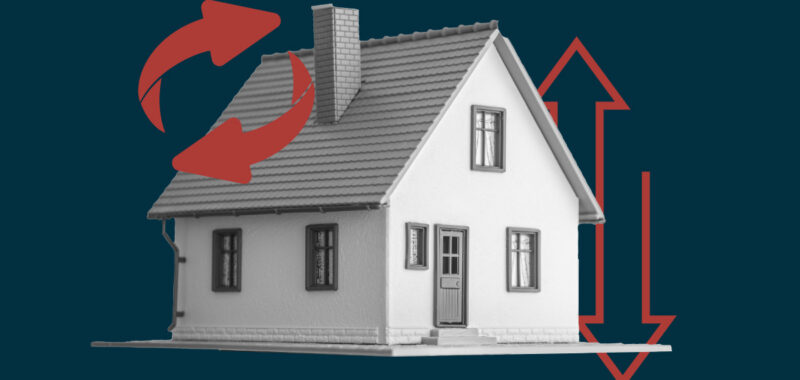The Federal Housing Administration (FHA) announced this week that the Home Equity Conversion Mortgage (HECM) limit for 2025 will be $1,209,750. But reverse mortgage industry analysts who regularly cover developments in the space are split on whether the increase will make a material difference in the trajectory of the business in the new year.
The HECM limit is unique when compared to FHA limits that govern Title II forward mortgage lending programs. In the reverse space, there is a single, national limit, as opposed to regional limits in place on the forward side, which are more representative of local property values.
But seniors hold onto a large portion of the nation’s housing wealth. Recent data estimates that U.S. homeowners are sitting on a record level of about $35 trillion in home equity. And older homeowners, who have been paying their mortgages for longer, are part of a select group that owns their homes outright.
This cohort “represents almost 40% of American homeowners and includes anyone wealthy enough to not need home financing at all, as well as people who have lived in their property long enough to have paid down most of their mortgage or cleared it entirely,” according to recent reporting by the The Wall Street Journal.
This means that people with higher-value homes and more freedom from making forward mortgage payments can see more direct benefits from a higher HECM limit, according to John Lunde, president of Reverse Market Insight (RMI).
“In light of the more muted home-price appreciation in 2024 compared to the past few years, this increase seems reasonable to me,” Lunde told HousingWire’s Reverse Mortgage Daily (RMD). “Any increase in the limit makes HECM more suitable for more higher home-value households.”
But the difference will not be pronounced, he added.
I don’t think it’s a dramatic difference maker in terms of 2025 volume but also don’t believe it’s intended to be that,” Lunde said. “The annual loan limit review just keeps pace with what is happening in home values nationwide.”
But Michael McCully, a partner at New View Advisors, takes a more critical view of the increased limit. McCully referred RMD to a recent blog post from his company about the financial status of the HECM program inside the Mutual Mortgage Insurance (MMI) Fund. The post mentioned the increased limit, also referred to as the maximum claim amount (MCA).
“HECM originations remain weak because, and this is worth emphasizing, the upfront MIP (mortgage insurance premium) reduces HECM volume significantly,” the post explained. “HECM borrowers must pay a 2% upfront MIP on the MCA, which can exceed $20,000. This staggering upfront fee is a non-starter for many potential borrowers.”
McCully noted that there were 26,501 new HECM loans originated in fiscal year 2024, a drop from the prior year’s figure of nearly 33,000. “At this rate, the number of outstanding HECMs will continue to fall,” the post read.
Changing the annual mortgage insurance premium can help turn things around, New View claims. It recommends maintaining ongoing MIP at 0.50% per year along with a reduction of the upfront MIP to 1% of the maximum claim amount.
New View Advisors said this will allow each loan to “immediately [make] the capital requirement without charging an exorbitant upfront MIP that gets worse (as a percentage of the loan balance) as interest rates and MCA rise.
“With this trajectory of rising rates and rising MCA, HECM program volume will continue to suffer, perhaps fatally,” the company added.
Look for more from RMD on the new HECM limit and the MMI report soon.

